1985 Chimney with significant gaps, voids and cracks
We are finding a significant percentage of chimneys from the 50’s, 60’s, 70’s and 80’s, including this one from 1985 have cracks and voids in the chimney flue which can cause a house fire. Recently, Rachel Ray’s home burnt down for this reason, even though she was getting her chimneys swept. If you have not had a video inspection of your chimney in the last few years, it might be worth checking on it. Learn more at Chimney Inspections.

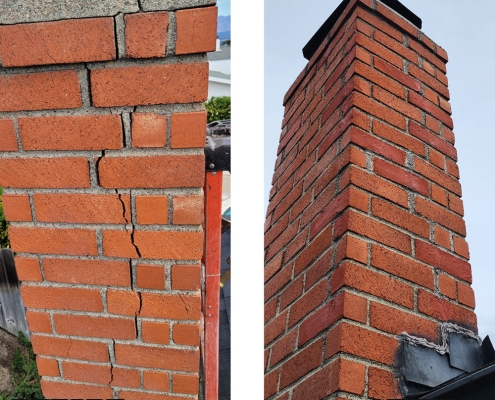
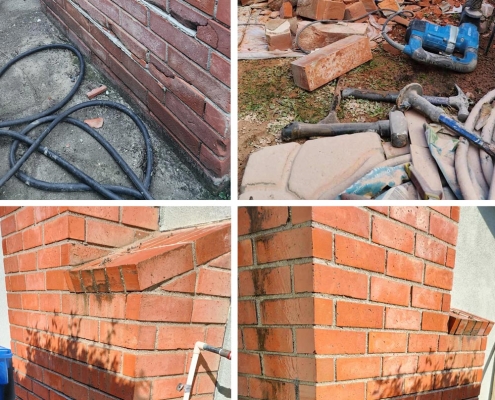
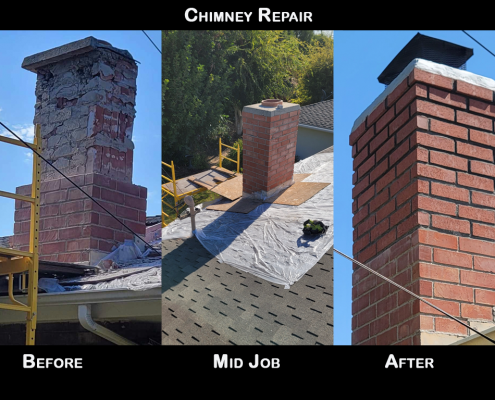

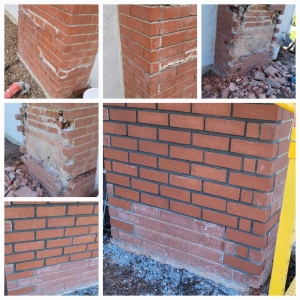
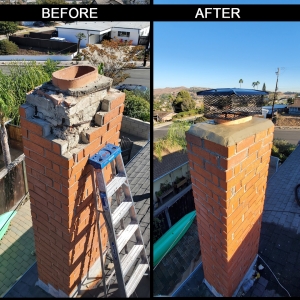
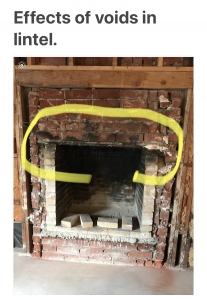 This picture shows a fireplace built probably prior to 1980 or so, where there were cracks inside the firebox top front opening. One can see staining where heat was traveling toward the wood combustibles. Someone removed the lintel and bricks of the the façade (incidentally a terrible idea as someone was looking to remodel). So, some cracks are potentially dangerous, while others not so much. But a virtual assessment can often determine the necessity for an in person inspection.
This picture shows a fireplace built probably prior to 1980 or so, where there were cracks inside the firebox top front opening. One can see staining where heat was traveling toward the wood combustibles. Someone removed the lintel and bricks of the the façade (incidentally a terrible idea as someone was looking to remodel). So, some cracks are potentially dangerous, while others not so much. But a virtual assessment can often determine the necessity for an in person inspection.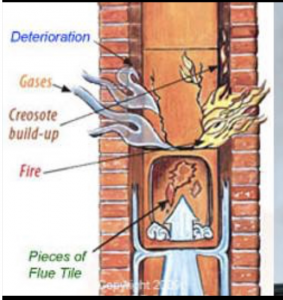 There are several methods available. The method we use has several advantages. It is less expensive than a metal liner and the spray on solutions some companies use. It is very strong and durable and cannot be brushed out with steel wire brushes.
There are several methods available. The method we use has several advantages. It is less expensive than a metal liner and the spray on solutions some companies use. It is very strong and durable and cannot be brushed out with steel wire brushes.




